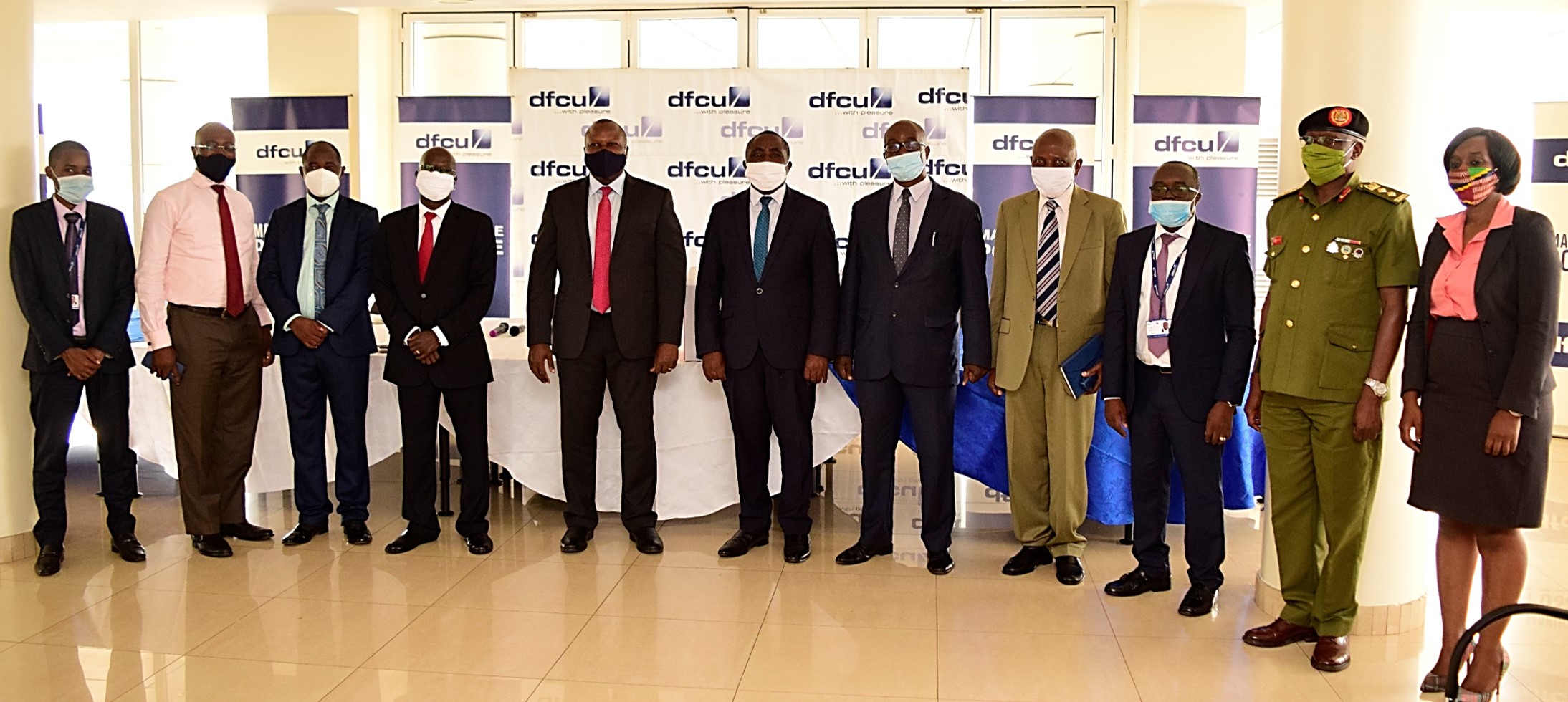Mr Mark Oguma Oguti and his daughter Claudia are thrilled about the launch of the Yellow Fever Vaccination campaign. Asked whether his other family members will be immunized, Mark excitedly says, “they are on the way with their mom. My wife and I always ensure that our family benefits from all government vaccination programs.” Mark arrived earlier with his daughter because they had to run errands in town, earlier.
Mark and his daughter are among the hundreds of people who gathered at Moyo Town Council headquarters to receive the Yellow fever vaccine, intended to reach millions of people aged 9 months to 60 years in Buliisa district and the four high-risk districts in West Nile region.
The Yellow Fever vaccination campaign was launched by the Ministry of Health, supported by the World Health Organization (WHO), the Global Alliance on Vaccines (GAVI) and the United Nations Children’s Fund (UNICEF). The campaign is targeting 1.6 million people in six districts following an outbreak of Yellow Fever in Buliisa and four districts in West Nile, which claimed four lives in the affected districts. The targeted high-risk districts include Koboko, Maracha, Moyo, Obongi and Yumbe.
While launching the campaign, the Minister of Health, Dr Jane Ruth Aceng mentioned that the Yellow fever outbreak in the West Nile region required the Ministry’s quick response despite currently being engaged by the Coronavirus (COVID-19) outbreak response. “We are dealing with a complex disease outbreak, but we remain cognizant of the fact that other essential health services like vaccination, maternal and child health services are required by our people”, said the Minister.
Indeed, Sr Endreo Aurelia, a nurse in charge of immunization at Moyo General hospital says that they continue to receive clients who require routine immunization services. She, however, points out that the COVID-19 has created mistrust among a few members of the general public towards government services such as immunization. “People think that vaccines are the ones spreading the infection, but we continue to educate and inform them that vaccines are here to save their lives.”
Mr Oguti, agrees with Sr Endreo, saying that as an elder in the society, he has also always sensitized those he can, “I always tell them that these vaccines go through various tests before they are given to the public and as such, they should not be feared.”
Mr Oguti also adds that when the Ministry of Health introduced the measles-rubella vaccine in 2019, he ensured that all his legible children received the vaccine. “There is no better protection for my kids against diseases than vaccination”, he says.
In his remarks at the launch, the WHO Representative to Uganda, Dr Yonas Tegegn Woldemariam commended the leadership of the country for embracing vaccine programs. “I specifically want to appreciate His Excellency President of Uganda, for being the main champion of immunization in Uganda. In the time that I have been in this country, I have noted that he emphasises Immunization in all his speeches,” he said.
Dr Yonas informed the public that immunization remains the main strategic approach to prevent, contain and eliminate Yellow fever outbreaks, “high vaccination coverage helps sustain immunity and is key to eliminating the risk of disease outbreaks.
“I would like to thank GAVI for supporting immunization programs like the Yellow fever vaccination campaign and the completion of preventive mass vaccination campaigns in Uganda.”
Uganda is considered a high-risk country for Yellow fever by a comprehensive global strategy to Eliminate Yellow fever Epidemics (EYE). The EYE strategy was developed by WHO and partners following the 2016 urban yellow fever outbreak in Angola which spread to neighbouring countries and generated local transmission, exhausted global emergency stockpiles of vaccine, and highlighted the risk of international spread, as 11 cases were exported to China. The Regional Committee of WHO in the African region endorsed the EYE strategy in 2017.





